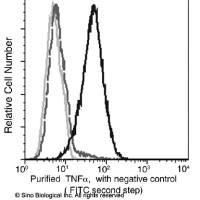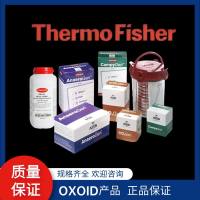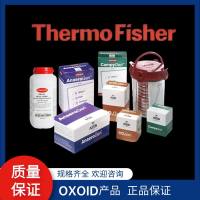Behavioral Testing in Mouse Models of Stroke
互联网
627
For decades, histological assessments were the only end-point in stroke research, typically using lesion size determination to evaluate the potential therapeutic effectiveness of an agent in in vivo stroke models. While this approach is indeed valid, failures in developing effective drugs point out the fact that histological means are simply not enough to evaluate the potential of a drug or intervention and that an evaluation at the functional level is necessary. Animals subjected to stroke models develop sensory-motor, learning and memory problems and “psychological symptoms.” Evaluating these symptoms via behavior is not only important in helping us to understand the pathological mechanisms, but it also gives us a powerful tool to test the therapeutic potential of interventions. This chapter will introduce some of the widely used and reliable behavior tests in stroke research. Basic tests of motor function, memory, anxiety, and depression-like behavior will be covered. Each test will be discussed in detail and widely used protocols will be introduced.









